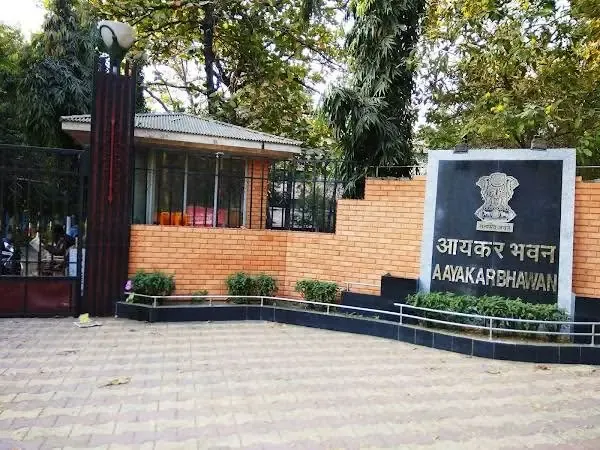Has the Government Simplified Tax Compliance for Content Creators and Influencers?

Synopsis
Key Takeaways
- New tax code '16021' introduced for influencers.
- Creators can now file under ITR-3 or ITR-4.
- Presumptive taxation simplifies income declaration.
- ITR-4 is for those with gross receipts under Rs 50 lakh.
- Section 44AD allows presumptive rates for business income.
New Delhi, July 26 (NationPress) This tax season signifies a pivotal transformation in how social media content creators and influencers file their returns, as their earnings are now categorized distinctly.
The Income Tax Department has unveiled a new code, '16021', within the Income Tax Return (ITR) utilities for FY 2024-25 (AY 2025–26) specifically for influencers whose income derives from promotions, product endorsements, or digital content creation.
This code is available under the ‘profession’ category in both ITR-3 and ITR-4 (Sugam), streamlining compliance for creators, online coaches, and bloggers.
Influencers now have to select between ITR-3 or ITR-4 (Sugam), based on their income levels and their choice regarding presumptive taxation—a simplified method that enables professionals to report a fixed percentage of their earnings without the need for detailed record-keeping.
If an influencer opts for presumptive taxation under Section 44ADA, they must utilize ITR-4. This is relevant for professionals with gross receipts not exceeding Rs 50 lakh, or Rs 75 lakh if their cash receipts remain below 5 percent of gross receipts, as per experts.
For earnings through business income, Section 44AD permits a presumptive rate of 8 percent (or 6 percent for digital transactions) for income up to Rs 2 crore, or Rs 3 crore if cash receipts are under 5 percent.
The ITR-3 form is designated for individuals and Hindu Undivided Families (HUFs) with business or professional income, including remuneration from partnership firms. Income from salary, residential properties, capital gains, and other sources can be reported under ITR-3, but only individuals and HUFs with business or professional income qualify. If your income fits into ITR-1, ITR-2, or ITR-4, you are not eligible for ITR-3.
ITR-4 is meant for individuals, HUFs, and partnership firms (residents of India) who choose the presumptive taxation scheme under Sections 44AD, 44ADA, or 44AE.
aaron/na









